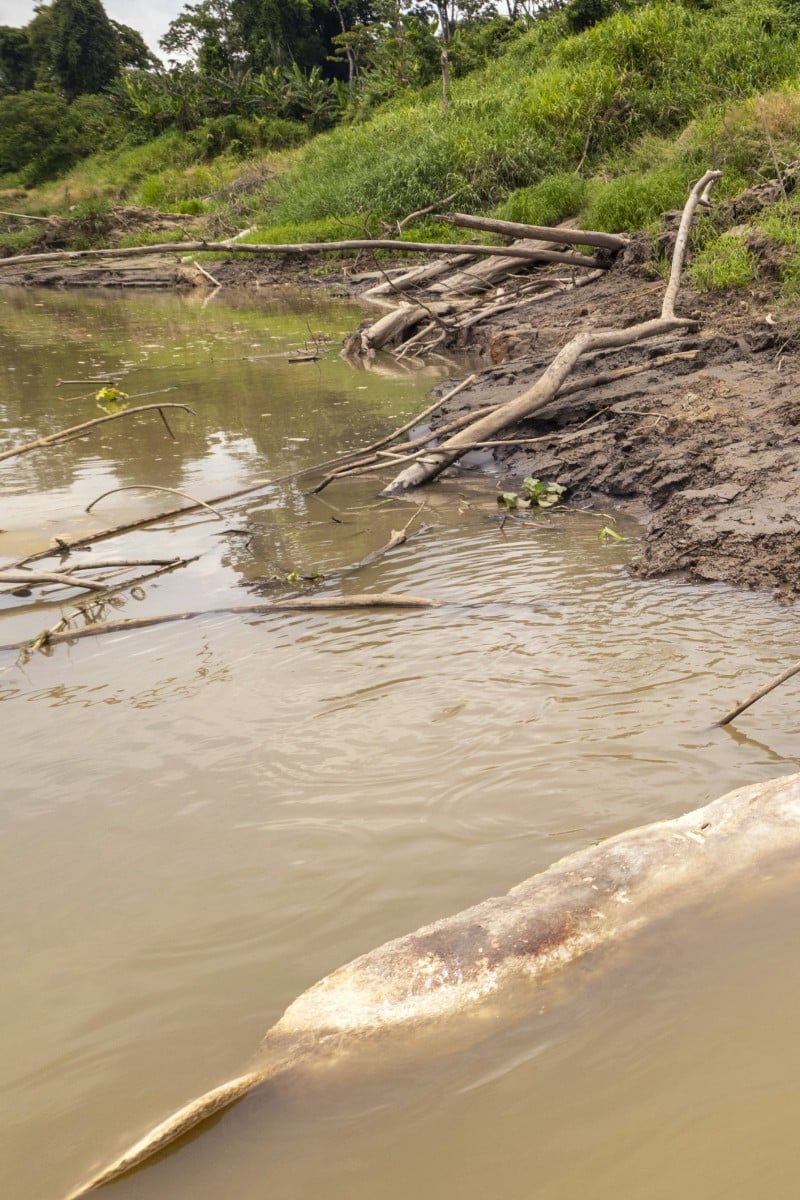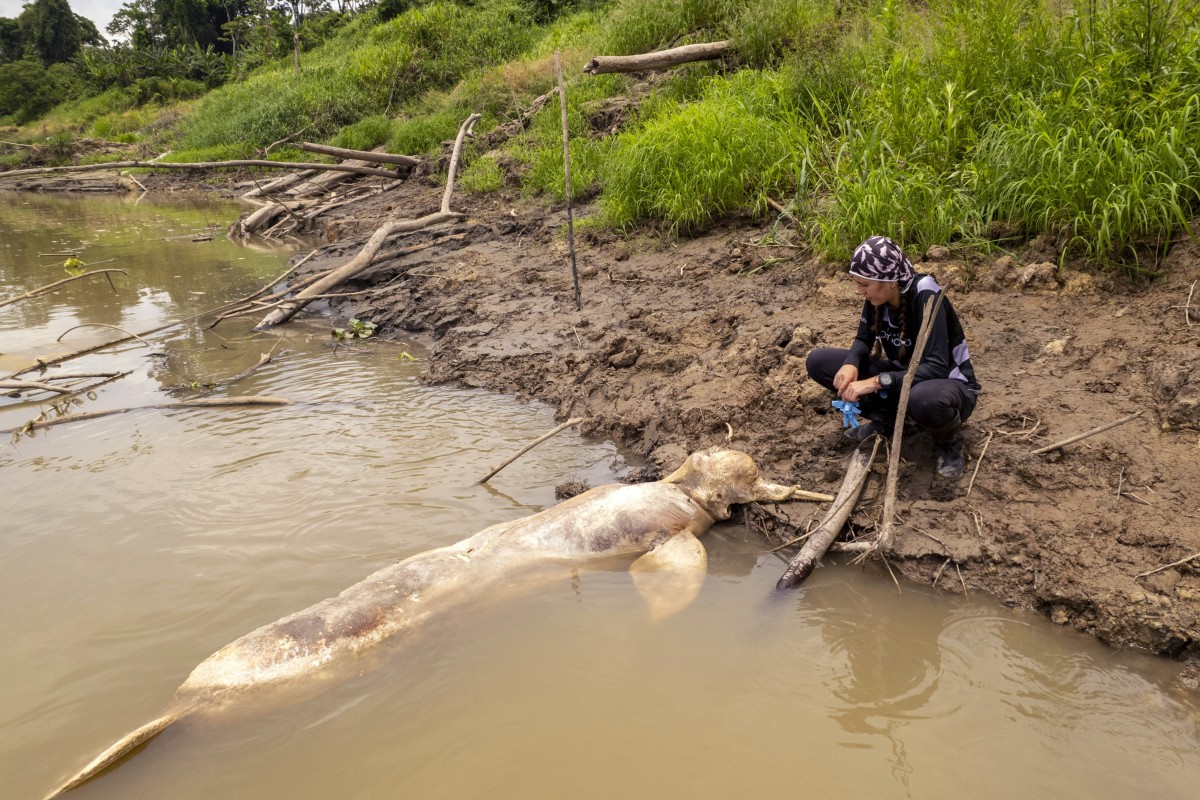
The Lens: We must protect river dolphins from extinction and conserve their habitats
- The state of river dolphins is a key indicator of the health of the rivers they inhabit, one student writes
- Revisions to Japan’s paternity leave system boosts the number of new fathers taking childcare leave
 Nine nations have signed a declaration vowing to fight the extinction of river dolphins. Photo: EPA-EFE
Nine nations have signed a declaration vowing to fight the extinction of river dolphins. Photo: EPA-EFE
Have some thoughts on this issue? Send us your response (no more than 300 words) by filling out this form or emailing yp@scmp.com by November 8 at 11.59pm. We’ll publish the best response next week.
Thoughts from last week
Alisha Kong Ho-yan, St. Paul’s Co-educational College
As a global citizen and environmental activist, I wholeheartedly support the joint declaration signed between nine nations from Asia and South America, which aims at protecting river dolphins.
Unlike their counterparts in the ocean, river dolphins inhabit polluted bodies of water contaminated by chemical waste from industrial factories, household waste and other sources. These are far from being healthy habitats, and the drop in population proves this.
Therefore, establishing protected areas that minimise human interference is crucial for the conservation of these dolphins.
In addition to focusing on their habitats, we must also prioritise the overall ecosystem. Ensuring an adequate food supply for them is essential, and this can be achieved by implementing restrictions on fishing activities. Overfishing poses a significant threat to the survival of this species, as it depletes their food source and jeopardises their existence.
The WWF says that river dolphins are important indicators of the health of the rivers they live in, which are also the lifeblood of huge economies and hundreds of millions of people; dolphins live in the Amazon and the Ganges, for example. As responsible global citizens, it is our duty to protect these endangered creatures, not only for their benefit but also to protect humans.
Read up on the issue in last week’s The Lens
Observe and read
A year after revisions to Japan’s paternity leave system, the number of new fathers taking childcare leave has jumped, with one survey showing a doubling in the number of days taken off in comparison to last year.
The figure rose to 23.4 per cent, according to a study by home builder Sekisui House, up from 2.4 in 2019. The percentage of those who took paternity leave also rose to 24.4 per cent, up from 9.6 per cent four years ago. The survey polled 9,400 people with children of elementary school age or younger.
A push from the Japanese government, which encouraged fathers to take childcare leave, is partially responsible for the jump. With revisions to the childcare law that came into effect last year, fathers can be flexible about taking leave in batches in the eight weeks after the child’s birth, making the leave that they were already entitled to much more accessible.
Since April, firms with at least 1,000 employees have been required to reveal the percentage of employees taking paternity leave, increasing societal pressure on companies to let fathers take time off.
Japan’s paternity leave system, which allows up to 52 weeks of paid time off, is the second most generous among countries in the Organisation for Economic Co-operation and Development as of last year.
In comparison, Hong Kong has a five-day statutory paternity leave, which employees can take in one go or separately, within four weeks before the expected date of delivery and 10 weeks following the actual birth of the child.
Bloomberg and Sue Ng
Research and discuss
-
What are some pros and cons of Japanese fathers taking paternity leave?
-
Should Hong Kong learn from Japan and offer a more generous paternity leave system? Why or why not? What impact could it have?